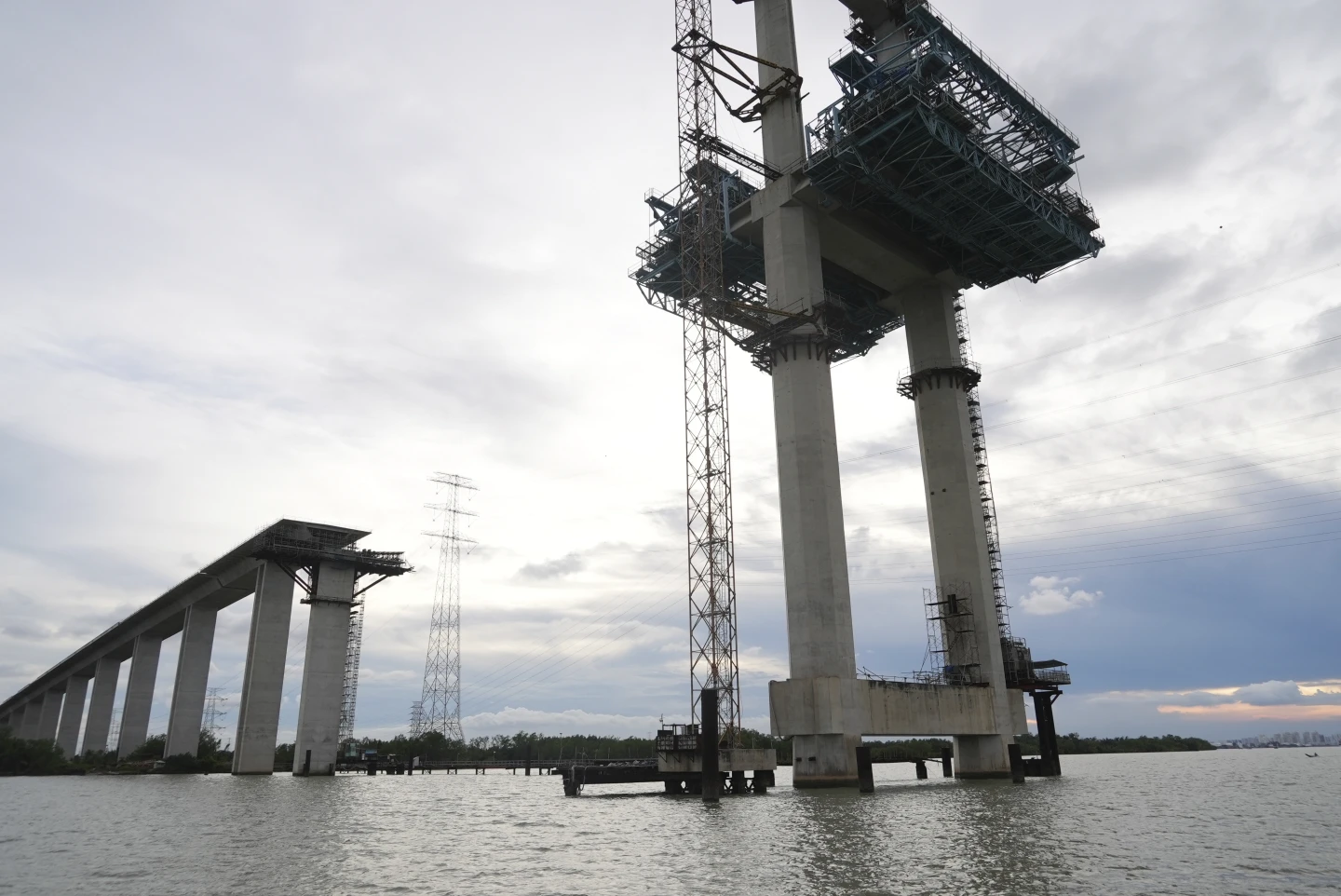In a symbolic speech at Hanoi’s central party school, Communist Party chief To Lam declared the start of “a new era of development,” signaling Vietnam’s most ambitious economic overhaul in decades. The nation aims to become a high-income economy by 2045 and join the ranks of Asia’s “tiger economies,” following in the footsteps of South Korea and Taiwan.
However, this vision faces formidable hurdles, including necessary institutional reforms, climate threats, an aging population, and external trade pressures. Vietnam’s meteoric growth, with average income rising from $1,200 in 1990 to $16,385 today, has transformed the country into a manufacturing powerhouse, but its low-cost export model is losing momentum.
Vietnam’s manufacturing boom, fueled by U.S.-China trade tensions, has made the U.S. its largest export market. The country posted a $123.5 billion trade surplus with the U.S. in 2024, prompting former President Trump to threaten steep tariffs. A compromise set tariffs at 20%, with higher rates for suspected transshipped goods.
While the deal keeps Vietnam competitive, it highlights growing concerns about over-reliance on low-cost exports and vulnerability to shifting global trade policies. Economists warn that without bold reforms, Vietnam risks falling into the “middle-income trap” where economies plateau instead of advancing to high-income status.
Unlike earlier Asian tigers that relied heavily on a single sector, Vietnam’s economy is more complex and diverse, making it harder to find one dominant growth driver. Experts argue the country must make “multiple big bets” to stay competitive as wages rise and cheap labor loses its edge.
Future strategies include developing high-tech industries, strengthening domestic supply chains, and expanding into renewable energy. The goal is to build a resilient economic base that can withstand both global market changes and domestic structural shifts.
Vietnam Bets on High-Tech, Infrastructure, and Private Enterprise to Drive Growth
Following China’s example, Vietnam is targeting high-value sectors such as semiconductors, artificial intelligence, and green energy, backed by strategic tax incentives and research investments in major cities. Large infrastructure projects, including a $67 billion high-speed railway and potential civilian nuclear plants, aim to improve connectivity and energy supply.
Plans are also underway to establish two special financial centers in Ho Chi Minh City and Danang, offering favorable regulations to attract global investors. At the same time, institutional reforms are streamlining bureaucracy, merging ministries, and consolidating provinces to create stronger regional hubs.
A major policy shift came with the Communist Party’s Resolution 68, which declared private businesses the “most important force” in the economy, moving away from reliance on state-owned and foreign firms. Domestic companies have historically been trapped at the lower end of supply chains, while large state-owned enterprises dominated.
Now, Vietnam aims to foster “national champions” through easier access to credit, priority in government contracts, and support for overseas expansion. By 2030, the goal is to elevate at least 20 private firms to global competitiveness, though resistance from political conservatives and entrenched state-owned interests is expected.
Climate Change and Aging Population Threaten Vietnam’s Long-Term Economic Growth Prospects
Vietnam’s economic future is increasingly tied to its ability to adapt to climate change. Rising sea levels, typhoons, and flooding threaten both urban centers and industrial zones. The 2024 Typhoon Yagi caused $1.6 billion in damage and disrupted production, underscoring the urgency of resilience planning.
The World Bank warns that climate inaction could slash up to 14.5% of GDP annually by 2050 and push up to one million people into extreme poverty by 2030. Businesses are responding with flood-proof infrastructure, but nationwide adaptation efforts must accelerate to protect economic gains.
Vietnam’s “golden population” phase, with a large working-age demographic, will end by 2039, with the labor force peaking in 2042. Aging will strain healthcare, pensions, and social services, especially given traditional caregiving burdens on women.
To counteract this, policymakers are promoting preventive healthcare, gradually raising the retirement age, and encouraging greater female participation in the formal workforce. These measures aim to maintain productivity and ensure that Vietnam can sustain its growth trajectory despite demographic headwinds.

Leave a Reply